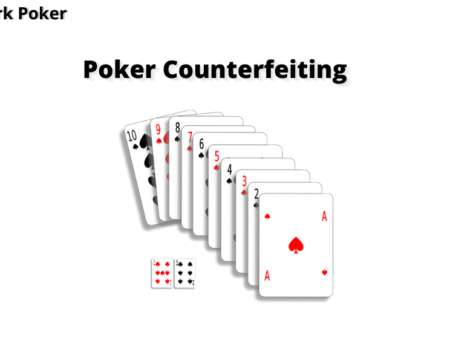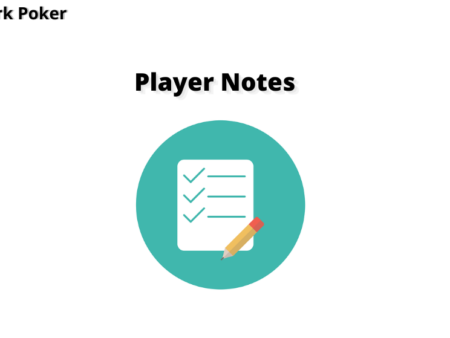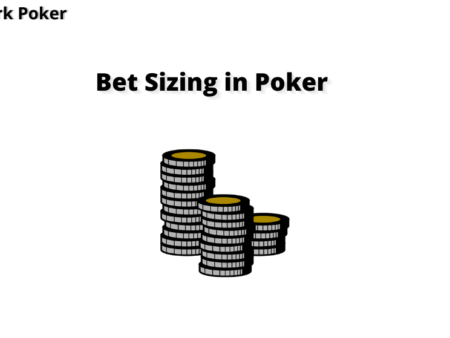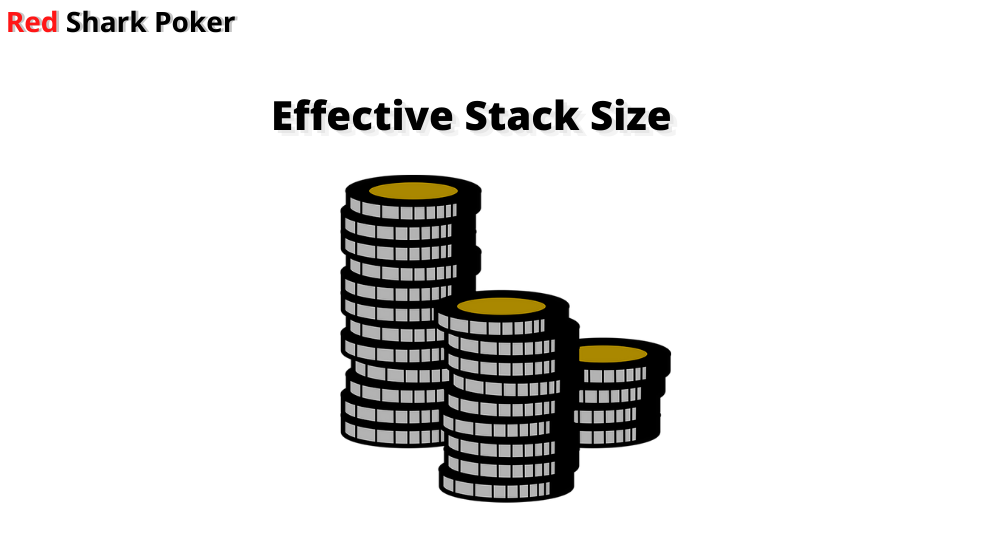
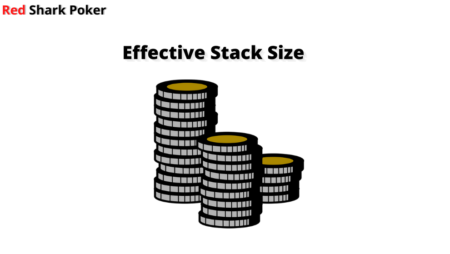
Effective stack size in poker may sound like a scary mathematical concept, but it is actually the easiest concept to learn. Effective stack size gives you a clear understanding of how much you can win or lose when you are up against a single opponent. This knowledge of effective stack size helps you in strategizing your game and win big pots!
What is an Effective Stack Size in Poker?
When two players enter the pot, the smaller stack size between the two is the effective stack size. That’s it! You don’t need to use any mathematical formula to calculate the effective stack size in poker. Just compare the stack sizes of two players who are in the pot, and the smaller stack size is the effective stack size.
For example, if you raise on the preflop and one player calls, there are two players in the pot. If you have a stack of $100 and your opponent has a stack of $20, the effective stack size is $20. In another example, if you enter the pot with a stack of $25 and are up against a single opponent who has a stack of $125, the effective stack size is $25.
Note: The effective stack size in poker is considered only between two players who enter the pot.
Why is Effective Stack Size Used in Poker?
Effective stack sizes play an important role in establishing a stack size comparison between two players. For example, if you raise on the preflop and one player calls, there are two players in the pot. If you have a stack of $100 and your opponent has a stack of $30, the effective stack size is $30.
What You Can Do?
- You can win up to $30 from your opponent.
- You cannot win more than $30 from your opponent.
- You cannot lose more than $30 to your opponent.
What Your Opponent Can Do?
- Your opponent can win up to $30 from you.
- Your opponent cannot win more than $30 from you.
- Your opponent cannot lose more than $30.
As you can see, effective stack size in poker establishes clear limitations on how much both the players can win or lose. The short-stacked player knows how much he can win and how much he cannot lose to his opponent. Similarly, the big-stacked player also knows how much he can win and how much he cannot lose.
How Effective Stack Sizes Influences Your Game?
When two players enter the pot, you can find the effective stack size by just looking at the smaller stack size. If there is a big difference between the effective stack size and the other player’s stack, then a player with a short stack is going up against a big stack.
There will be many situations when big stacks and short stacks collide. A big stack looks to win the entire effective stack. While the small stack aims to double up by snatching whatever he can from the big stack.
Both the sides have their own advantages when facing a stack size different than theirs. If it is a war, a big stack is the one holding a machine gun with lots of bullets, and a short stack is the one holding a sniper gun. A big stack can fire a lot of bullets to get a kill, while a short stack needs only one bullet to kill.
A Big Stack Against a Short Stack
Big stacks have an advantage when they are in position against a small stack, especially during post-flop. A big stack can use his stack size to bully short stacks with huge raises after seeing the board. Also, it is not possible for a big stack to lose more than the effective stack size.
A Short Stack Against a Big Stack
Small stacks have an advantage when they are in position against a big stack, especially during preflop. If a big stack limps in on the preflop, a small stack can go all-in to force a big stack to fold. Limping suggests a marginal hand, which can be exploited by a small stack by going all-in. Also, it is very difficult for a big stack to bluff against a small stack as they can call with whatever little chips they have left.
Read: Poker Stack Size Strategies in Cash Games
Conclusion
The concept of effective stack size in poker helps you to strategize your game. Just look at the smaller stack between two players to know the effective stack size. When you know the effective stack size, you can plan your moves ahead. If you are the big stack with a strong hand, try to get all of the remaining chips of your opponent. However, be careful if you see some action from the short stack. If you are the short stack, play with a tight range of hands and go all-in to double up.

